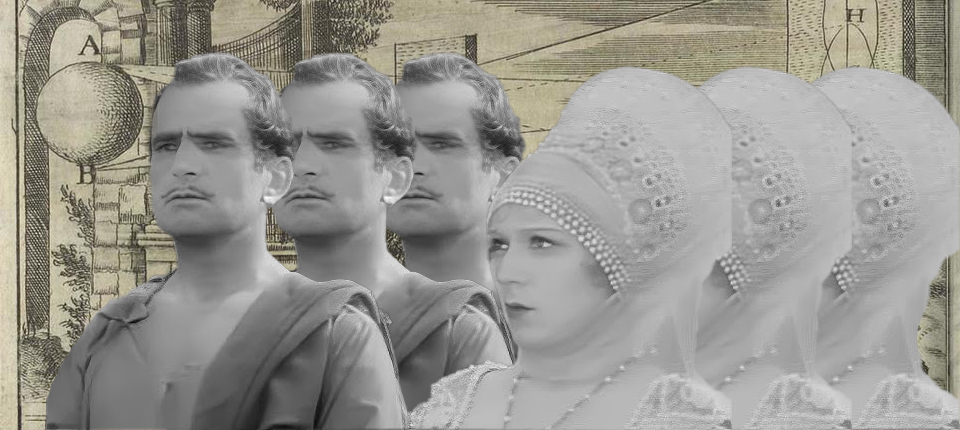Pansexual orgies, extremely long discourses on Mormonism, cruel and perverse Russian counts, odes to the diversity and chaos of Paris, portraits of famous painters – Seated Woman: A chronicle of France and America, here translated by Timothy Mathews, was Guillaume Apollinaire’s attempt to take stock of the destruction caused by the Great War and to imagine what kind of world might be possible in its wake. Published posthumously in 1920, the novella combines art criticism, prose poetry, erotic tales, discussions of polygamy and the American West, and picaresque adventure. Its narrative is framed by the story of Elvira Swig, a young French woman from Maisons-Laffitte who paints horses. As a teenage girl she joins a Russian aristocrat in St Petersburg, who sells her into sexual slavery. When she escapes she returns to Paris and takes up with the bohemians of Montparnasse, establishing herself as an artist – as well as the lover of many men and women.
As the characters take liberties with their lovers, so Mathews does with his translation, a method he details in a long accompanying essay. After Pablo Canouris, “the painter with blue hands and eyes of a bird”, is introduced, the translator makes the etymological play of Apollinaire’s “Canouris” more apparent to the English-language reader. To do this he slows down his reader and adds phrases that are not in the original, explaining that the artist is “sometimes known as Goldentail, sometimes Bluedog, sometimes Dogsprick”. In the essay Mathews clarifies: “‘canis’ is Latin for dog, ‘oura’ is Greek for the tail of a dog or lion: Pablo Dogtail. And the French word for tail is ‘une queue’, which is also the common slang word for penis, prick, dick, and many others: Pablo Dogdick, or Pablo Dogsprick”. To interpret “ouris” as meaning the male member trusts that a French reader of 1920 would have heard the Latin-French pun Mathews believes is embedded in Apollinaire’s word choice. Such quirky decisions do not hamper the fluidity of the prose in English, and provide a playful yet successful example of how translation can find creative solutions to what might appear unrenderable in foreign idiom.
Seated Woman is a celebratory document of French modernism, stuffed with the delirious anxiety of the new and unknown modern world. Its digressive narrative and female protagonist, who feels both absent and present, anticipate what André Breton will attempt less than a decade later in Nadja. In wondering what the world may transform into, Apollinaire was canny enough to foresee that the future lay in the US, but for him it involved utopian imaginings of Mormon life as a possible site of sexual liberation, not the new forms of urbanism then emerging in New York City.
Seated Woman is a story of those who survive. In the final scene Elvira is found painting in the company of her lovers, “a harem of men and women” – an inversion of patriarchal polygamy. “Elvira”, one of them says, “will exist forever.”
The post Last of the bohemians appeared first on TLS.

 By Times Literary Supplement | Created at 2024-10-29 21:41:39 | Updated at 2024-10-30 09:23:21
6 days ago
By Times Literary Supplement | Created at 2024-10-29 21:41:39 | Updated at 2024-10-30 09:23:21
6 days ago



